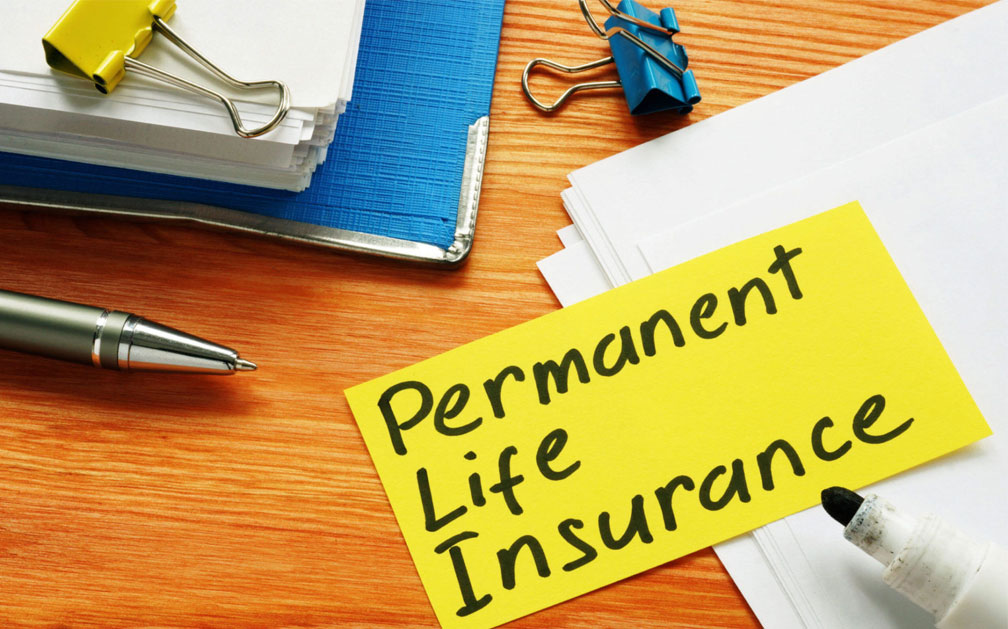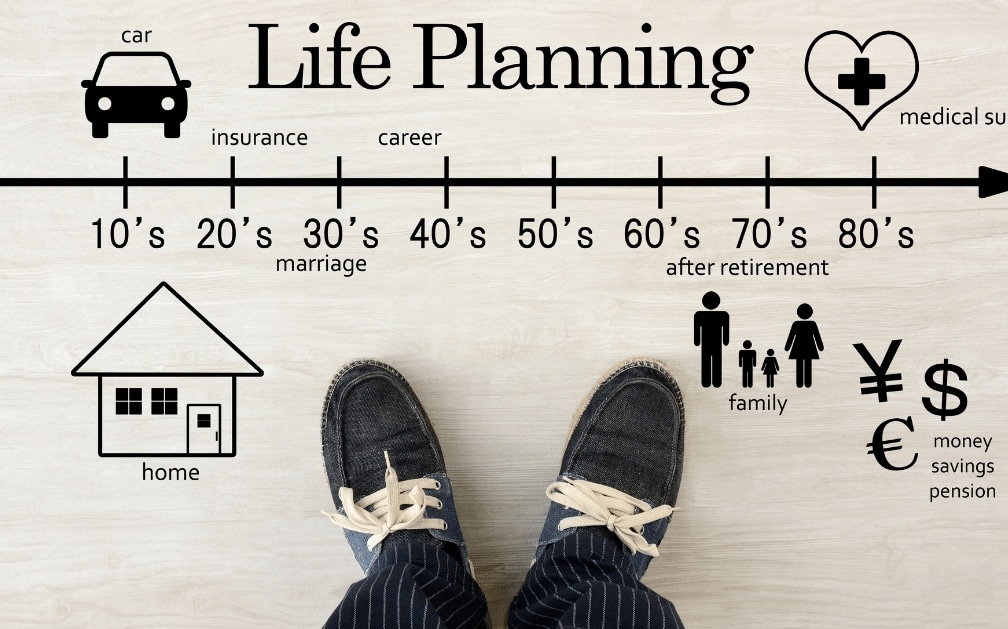When you requested your quote for life insurance online, you entered an estimate of how much life insurance you need. But is it accurate? And can you afford it?
Determining How Much Life Insurance You Really Need
Once you’ve submitted your life insurance application, it goes to underwriting for a process called Evidence of Insurability (EOI). This is where the insurance company conducts its due diligence to ensure they can afford to cover you and to establish a financial justification for the coverage amount you requested.
Life Insurance companies base EOI on two things: your physical well-being and your finances. In most cases you’ll have to take a medical exam or at least answer some health questions. That’s to be expected unless you go the no-exam route.
But your financial health is just as important as your physical health. While you could be in peak physical condition, you could be denied coverage if your financial health is failing.
Underwriters assess your risk, assess your beneficiary’s dependence on your income, and make sure you can afford the life insurance premium they assign.
Financial Information Requested During Your Life Insurance Application Process
So what will they ask about?
- You will have to tell the company where you work, what you do and how much you make. Life Insurance companies generally allow you to apply for 20-30 times your annual income if you’re relatively young and less than 20 times your income if you’re older.
- Your beneficiary. The company will want to know about the amount of hardship your death would cause your beneficiary. They want to ensure your beneficiary’s need aligns with the coverage amount you requested.
- You must provide information about assets like investments, alimony, real estate, and other income-generating products and activities.
- Other Life Insurance policies. If you have applied for other life insurance policies or are insured by other companies, you’ll need to disclose that.
If you justifiably disagree with the coverage you’re offered, you can negotiate. You want to be sure you have what you need and can afford to pay for it every bit as much as the company needs to be sure you’re a good risk.
Because at the end of the day, life insurance is about relationships. Your online life insurance quotes are the jumping-off point. The underwriting process determines if the relationship will go the distance.













